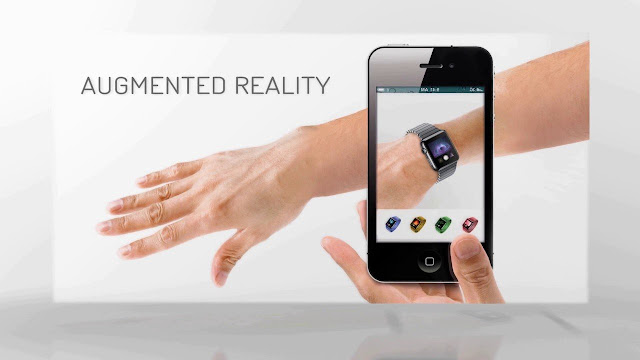It's not just about moving inventory online. By its very nature, e-commerce is a fast-changing beast, and if you want to make headway in the marketplace, you need to keep your finger on the pulse.
An astounding 77.24% of shoppers abandon their cart before completing their purchase. This suggests that retailers need to do more to convince customers to make a choice and buy items online. Virtual reality is an emerging technology that could provide answers. Along with its sister technology - augmented reality - it has the potential to reshape the world of retail, with nearly a third of customers believing they should invest more in these technologies to ensure they play a bigger role in the in-game shopping experience.
To understand how VR and AR can help improve online sales, we need to understand what these technologies can offer as a service (rather than just a product), and what they can offer businesses and consumers.
1. Users can explore virtual exhibition halls
To add a new level of excitement to the online shopping experience, retailers can try setting up virtual showrooms or virtual stores. These platforms provide customers with a virtual experience like walking into a brick and mortar store, which you can experience from the comfort of your home.
One of the key players in this emerging technology is Lowe's Holoroom, a cutting-edge tool for virtual showrooms. More specifically, Lowe's Innovation Labs teaches that visualizing home improvement projects is difficult, but by using virtual showrooms, clients can better visualize their desired results.
In short, it gives users a model version of what their home might look like if it were outfitted with different items or products. The entire scene that users see is a virtually generated version of the home, and the immersive experience allows them to spatially understand how different products function as a unit.
Not only home designers can benefit from the use of these technologies. Hypermarkets and stores around the world, such as eBay Australia and Myer department stores, have added virtual reality stores to their lists.
Related, Augmented and Virtual Reality in Healthcare.
2. Customers can visualize the product virtually
Giving consumers the opportunity to see what a product will look like before actually buying it is exactly the "try before you buy" novelty that many companies are trying to unlock. Instead of focusing on VR (i.e. a completely computer-generated world), tech companies are delving into AR.
Augmented reality differs from VR in that what the user sees is a real video with few superimposed virtual elements. For example, consumers can put on the headset and immediately see the room they were standing in before. AR can then overlay products and articles on their view. They can suddenly see a piece of clothing they want to buy in the room, or a new lamp on their desk. By allowing consumers to see how certain items fit into their daily lives, AR can provide better visualizations than physical items in brick-and-mortar stores.
3. Give consumers new reasons to visit your store
Notably, many consumers still prefer to shop in brick-and-mortar stores. According to Walker Sands Future of Retail 2016, a survey of 1,400 U.S. shoppers, many consumers say they prefer the in-store shopping experience to buying products online on eBay or Amazon. While the e-commerce market shows no signs of slowing down, the trend has more to do with convenience than the desired shopping experience for customers. This poses some questions for e-commerce executives. All they need to do is make an online purchase so it's in a brick and mortar store.
#ARandVRinECommerce

Comments
Post a Comment